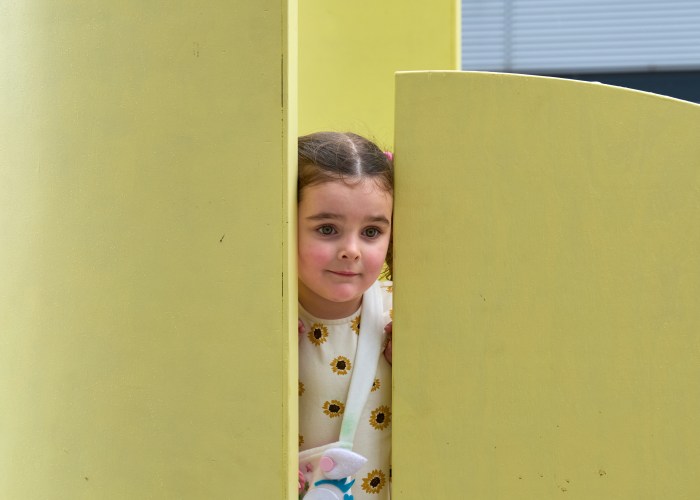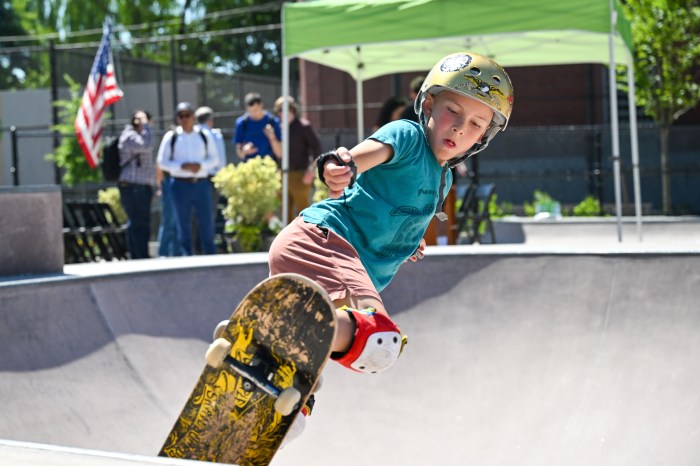Red Hook Park’s beloved Latin American food vendors say they’re the losers in a new city plan to grant kids more ballfield access than adults.
Thanks to a Parks Department regulation that gives “youth leagues preference” for much-coveted spring and fall field permits, the largely Latino adult soccer teams that have played for years on the pitches near Bay and Court streets might need to find new fields — forcing the park’s famous taco and pupusas sellers to find new customers.
“It’s an important part of our customer base,” said Cesar Fuentes, executive director of the Food Vendors Committee of Red Hook Park. “It will have an impact [on business].”
The hungry soccer players account for about half of the vendors’s profits, according to Fuentes — and they also help anchor what has become a vibrant hub for Latino culture.
But vendors and soccer players fear the new rule could bring an end to a weekend tradition marked by ceviche, sideline beers and athletes sporting brightly colored soccer jerseys from around Spanish-speaking world.
In Red Hook, the city’s new regulation could give more space to youth football teams, which are mostly made up of African American kids, according to coaches.
Coach Bill Solomon, whose Brooklyn Titans are competing for use of the turf, says the rule is only fair.
“It’s a no-brainer,” said Solomon. “Youth who play sports are less likely to get into trouble.”
Some foodies, however, see the policy as yet another bureaucratic blow to food vendors after a long history of conflict with the city. In 2008, the Health Department tightened regulations, forcing food-sellers to buy expensive food trucks and retire their carts. Before that, the Parks Department made a rule that required them to compete in bidding for a spot.
Parks Department spokesman Phillip Abramson said the city has unofficially given youth teams priority for years — even though the city only recently put the rule into writing.
Demand for the field is likely to increase after a $2.5 million renovation — which includes new lights and turf — wraps up next year.
If youth teams gain a greater footprint in Red Hook Park, the shift from futbol to football could trigger an “interesting cultural fusion,” said Sharon Zukin, a sociologist who wrote about Red Hook Park’s food carts in her book “Naked City: The Death and Life of Authentic Urban Places.”
“If it’s a question of livelihood,” she said. “Maybe they’ll start selling more hamburgers than huaraches.”
Reach reporter Natalie O'Neill at noneill@cnglocal.com or by calling her at (718) 260-4505.























